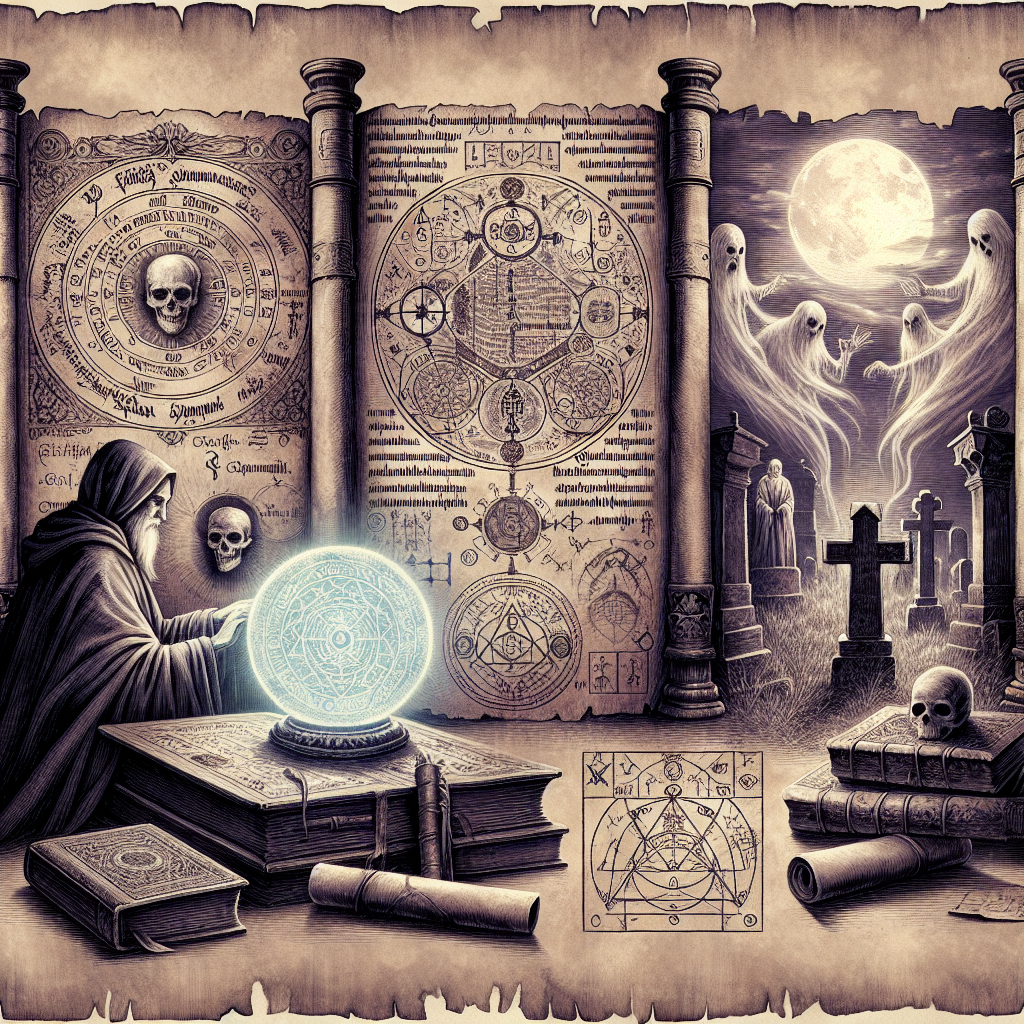Necromancy is a form of divination that involves communicating with the spirits of the dead. The practice dates back to ancient times and has been a part of various cultures and belief systems throughout history.
The word “necromancy” is derived from the Greek words “nekros,” meaning dead, and “manteia,” meaning divination. In ancient Greece, necromancy was practiced as a way to communicate with the spirits of the deceased for guidance and knowledge.
One of the most famous examples of necromancy in Greek mythology is the story of Odysseus consulting the shade of the prophet Tiresias in the underworld. This practice was also common in ancient Egypt, where priests would perform rituals to communicate with the spirits of the dead.
In medieval Europe, necromancy was often associated with witchcraft and black magic. Practitioners were believed to have the ability to raise the dead and control spirits for their own purposes. This led to the persecution of those accused of practicing necromancy during the Inquisition.
Despite its controversial history, necromancy is still practiced today by some modern occultists and spiritualists. In contemporary paganism, necromancy is often seen as a way to honor and communicate with ancestors and loved ones who have passed away.
The practice of necromancy typically involves rituals, invocations, and offerings to the spirits of the dead. Some practitioners use tools such as candles, incense, and crystals to enhance their communication with the spirit world.
It is important to note that necromancy is not without its risks. Communicating with the dead can be a powerful and potentially dangerous practice, and practitioners should approach it with caution and respect.
Overall, the history and practice of necromancy are rich and complex, spanning cultures and belief systems across time. Whether viewed as a form of divination, witchcraft, or spiritualism, necromancy continues to intrigue and mystify those who seek to connect with the spirit world.


Leave a Reply